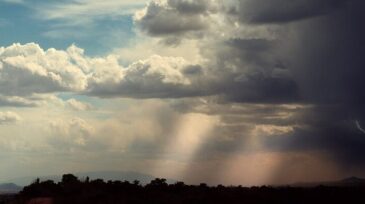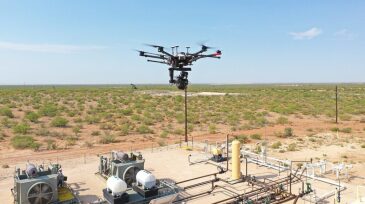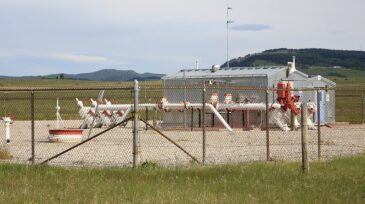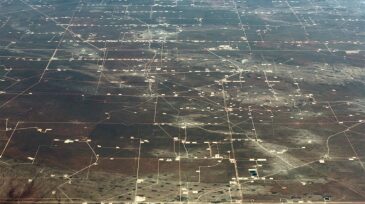methane emissions
-
There is a lot of talk these days about transitions. There are technology transitions going on. There are demographic and cultural transitions in the workforce and in society at large. But the one I want to focus on in this column is the so-called “energy transition.”
-
Natron Energy aims to scale up domestic manufacturing of sodium-ion batteries , and Bridger Photonics will target the operational efficiency for leak detection and emissions tracking.
-
Just one orphaned site in California could have emitted more than 30 tons of methane. There are millions more like it.
-
After 2 years of testing, Shell is going all in on using high-flying technology to catch methane leaks to reduce its overall emissions to less than 1%.
-
Williams Companies announced a near-term goal of a 56% absolute reduction from 2005 levels in greenhouse-gas emissions by 2030, aiming for net-zero carbon emissions by 2050. Why is this significant, and where can emissions be mitigated in the midstream natural-gas gathering and boosting segment?
-
Using an underwater remotely operated vehicle, activists on board the Greenpeace ship Esperanza documented a large methane leak in the North Sea caused by a major blowout during an oil drilling operation 30 years ago.
-
The oil and gas industry is not the largest emitter of methane, but addressing the emissions still needs to be a priority, a recent panel said. Incentivizing lower emissions, following best practices, and creating transparency are key to bringing about this change.
-
Machine learning enables fast, cost-effective, and accurate methane emissions detection in remote areas.
-
Tracking down fugitive emissions has traditionally relied on small-scale detection efforts. This new project seeks to buck the trend by covering the Permian Basin with sensors.
-
Video shows a substantial share of oil and gas flares are unlit or faulty, revealing a previously overlooked methane source that could turn out to be one of the region’s biggest.










